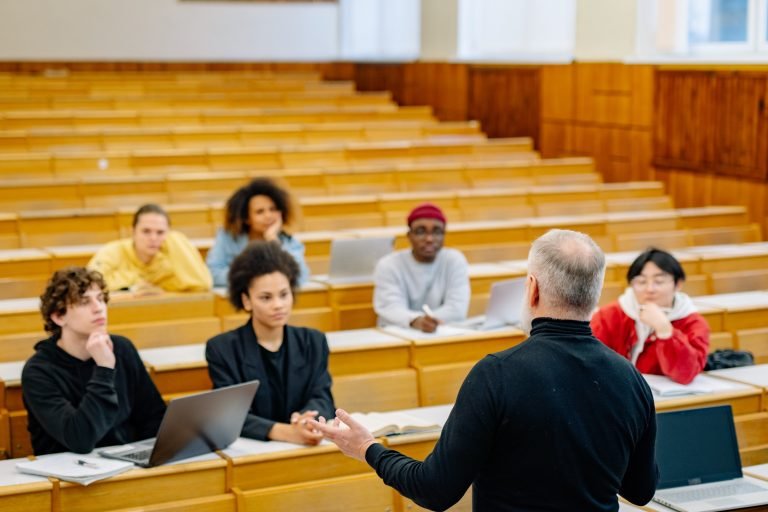
In our previous post, we highlighted the importance of psychological safety in the classroom evironment – regardless of the ages of the students. Now, let’s delve deeper into the practical strategies that educators can employ to build and nurture this.
Here are our 10 top tips to build Psychological safety in your classroom environment.
1. Lead by Example: Teachers are role models for their students. Demonstrating respect, empathy and open-mindedness in interactions with students sets the tone for the classroom. When students see their educators valuing diverse perspectives and creating a respectful atmosphere, they are more likely to follow suit.
2. Establish Clear Expectations: Clearly define the classroom rules and expectations regarding behaviour, respect and communication. When students know what is expected of them, they are more likely to feel secure in their learning environment.
3. Active Listening: Take the time to actively listen to your students. Encourage them to share their thoughts and concerns and respond with empathy. Knowing that their voice matters and is heard can significantly enhance their sense of psychological safety.
4. Embrace Mistakes: Create a culture where mistakes are celebrated as opportunities for growth. Encourage students to see errors as stepping stones to learning. When students know it’s ok to make mistakes, they’re more likely to engage in the learning process without fear.
5. Peer Support: Foster a sense of community within the classroom. Encourage students to support one another, collaborate and help with problem-solving. Students often feel safer when they have the support and understanding of their peers.
6. Regular & contstructive Feedback: Show students how to learn from their errors and guide them on the path to improvement. Constructive feedback focuses on identifying areas for improvement and providing guidance on how to achieve it. This approach not only helps students understand their mistakes but also empowers them to learn from them. Negative comments can damage self-esteem and discourage students from asking for help and from taking risks in their learning journey. By nurturing a culture of constructive feedback, teachers can further boost students’ confidence, motivation and overall sense of safety in the classroom.
7. Flexibility in Assessment: Recognise that every student is unique and has their own learning style. Provide various methods for assessment and allow for flexibility in assignments when possible, to accommodate different strengths and weaknesses.
8. Open Communication: Create an open line of communication with students and their families. Let them know you are approachable and happy to answer questions, address any concerns or challenges they might be facing.
9. Diversity and Inclusion: Incorporate diverse perspectives and experiences in your classroom. This not only broadens students’ horizons but also emphasises the value of different voices in the classroom.
10. Self-Care: Remember to take care of yourself as well. A well-balanced, healthy teacher is more equipped to create a nurturing classroom environment. Practicing self-care models that behaviour for students and reinforces the importance of well-being.
Building psychological safety in the classroom is an ongoing process. It requires consistent effort, a deep commitment to the well-being of students and an understanding that every one of us is unique.
As educators, we hold the power to shape the future by not only nurturing the mind but also by creating environments where students feel safe, respected and valued. By employing these strategies, we can contribute to the emotional growth and academic success in all of our students. #Education #PsychologicalSafety #TeachingStrategieseducators
